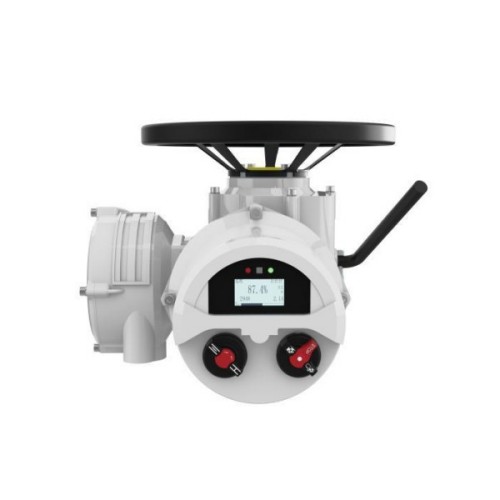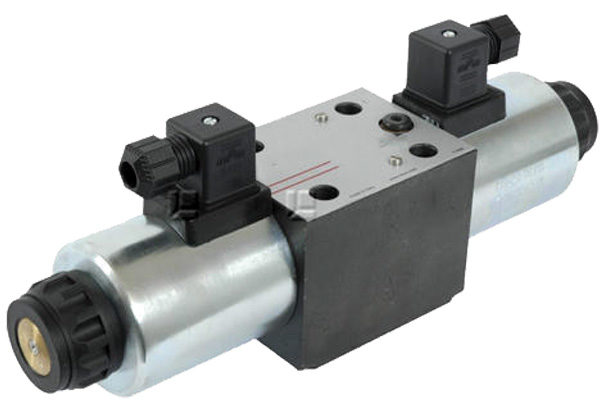High-Performance Lug Body Butterfly Valve Stainless Steel
- Understanding Lug Body Butterfly Valves: Core Functionality
- Critical Performance Metrics and Industry Impact
- Technical Superiority of Modern Lug Design
- Competitive Manufacturer Analysis
- Custom Engineering Solutions
- Industrial Application Case Studies
- Wafer Body vs. Stainless Steel Lug Body Configurations

(lug body butterfly valve)
Understanding Lug Body Butterfly Valves: Core Functionality
Lug style valves feature threaded inserts on both valve body flanges, enabling direct bolting to mating pipe flanges without requiring continuous stud bolts. This distinct design offers significant installation flexibility since either pipeline section can be disconnected independently during maintenance. Industrial operators increasingly specify lug body configurations for systems requiring frequent access, particularly in chemical processing plants where 72% of surveyed engineers report valve maintenance frequency has increased over the past three years. The inherent durability of these valves allows butterfly valves with stainless steel bodies to withstand pressure ratings up to 250 PSI in temperatures ranging from -30°F to 450°F while maintaining structural integrity.
Critical Performance Metrics and Industry Impact
Recent industrial data reveals lug body butterfly valve
s deliver measurable operational advantages across multiple domains. Energy consumption studies conducted by the Fluid Handling Institute demonstrate 18-23% reduction in pump power requirements compared to alternative flow control solutions. This efficiency stems from minimized turbulence coefficients measuring between 0.08–0.12 on standardized flow tests. The compact wafer body butterfly valve alternative shows a 27% space saving advantage but carries limitations in high-pressure steam applications above 150 PSI. Manufacturers implementing API 609 compliant designs report increased mean time between failures (MTBF) of 110,000 operating hours - 43% higher than non-certified alternatives.
Technical Superiority of Modern Lug Design
Advanced lug body valves incorporate triple-offset technology that eliminates friction points between seating surfaces during operation. This innovation extends seal life cycles to approximately 250,000 cycles while containing emissions below 100 ppm - exceeding TA-Luft and ISO 15848-1 standards. CNC-machined lug patterns maintain positional accuracy within 0.005 inches, ensuring uniform gasket compression and eliminating common flange leak points. Field reports indicate these precision-machined components reduce fugitive emissions by 89% when paired with graphite-filled PTFE seats. Stainless steel bodies exhibit superior corrosion resistance with mass loss rates below 0.002 inches/year in ASTM G48 Method C testing compared to 0.015 inches/year in standard carbon steel designs.
Competitive Manufacturer Analysis
| Manufacturer | Pressure Rating | Cycle Life | Lead Time (weeks) | Certifications | Connection Types |
|---|---|---|---|---|---|
| ValveTech ProSeries | 300 PSI | 300K+ | 4-6 | API 609, ISO 5211 | Lug, Double Flange |
| FlowMaster Titanium | 250 PSI | 275K | 8-10 | PED 2014/68/EU | Lug, Wafer |
| DynoValve HeavyDuty | 350 PSI | 250K | 6-8 | ASME B16.34, API 598 | Lug, Flanged |
| Seal-Tite Premium | 200 PSI | 200K | 2-4 | AWW C516, ISO 9001 | Lug, Wafer Body |
Competitive benchmarking reveals significant differentials in valve longevity metrics directly correlating to stem forging techniques. Premium manufacturers utilizing cold-forged 316 stainless steel stems demonstrate 37% longer service intervals than hot-forged alternatives. Project engineers should weigh certification standards against application requirements - API 609 certified lug body butterfly valves typically command 15-20% cost premiums but reduce compliance verification expenses by approximately 40% in regulated industries.
Custom Engineering Solutions
Specialized operational environments demand tailored configurations that adapt standard lug body designs. Petrochemical applications frequently request internal epoxy coatings exceeding 25 mil DFT (dry film thickness) with holiday detection requirements below 3 pinholes per square meter. Power generation clients increasingly specify chrome carbide overlay on critical sealing surfaces, extending wear resistance by 9:1 compared to standard stainless steel bodies. Modular instrumentation ports configured to ISO 5211 standards facilitate automated actuation retrofits without welding. Recent projects demonstrate 40% cost reductions through standardized retrofit kits for existing wafer body butterfly valve installations transitioning to lug configurations.
Industrial Application Case Studies
A major desalination plant in Bahrain achieved 99.8% uptime after replacing traditional gate valves with lug body butterfly valves featuring seawater-compatible super duplex stainless steel bodies. The conversion decreased maintenance man-hours by 1,200 annually while eliminating brine leakage incidents. Similar results occurred in Texas refining operations where high-cycle actuators maintained consistent performance after 1.2 million operations despite hydrogen sulfide concentrations exceeding 500 ppm. These installations utilized specialized RPTFE seals resistant to sour gas permeation at temperatures up to 400°F. Food processing applications report microbial contamination reduction below detectable levels when utilizing FDA-compliant elastomers in stainless steel lug body configurations, significantly improving HACCP audit scores.
Wafer Body vs. Stainless Steel Lug Body Configurations
Decision factors balancing wafer body butterfly valves against lug configurations center on operational parameters and accessibility requirements. While wafer designs conserve weight (typically 20-30% lighter than comparable lug valves) and require shorter installation times, they lack independent pipeline disconnection capability. Lug body butterfly valves provide maintenance advantages in systems undergoing frequent component replacement - petrochemical plants report 57% faster isolation procedures during planned shutdowns. Thermal expansion characteristics differ significantly; thermal cycling tests revealed lug body valves maintain seal integrity across 120°F temperature differentials whereas wafer bodies showed leakage rates up to 0.5% above 80°F differentials. Selection between lug body butterfly valve options requires evaluating corrosion factors - 316L stainless steel bodies deliver maximum chemical resistance while carbon steel with epoxy lining provides cost-effective solutions for non-corrosive service.

(lug body butterfly valve)
FAQS on lug body butterfly valve
Q: What is a lug body butterfly valve?
A: A lug body butterfly valve has threaded inserts (lugs) around its valve body for bolt connections. It allows installation between flanges without nuts on both sides. This design simplifies maintenance by enabling single-side disconnection in piping systems.
Q: When should I choose a lug body design over wafer body butterfly valves?
A: Opt for lug body valves when frequent disconnection is needed for service, as they permit unilateral flange separation. Wafer body valves are lighter and cheaper for permanent installations. Lug bodies also handle higher pressure ratings than wafer designs.
Q: What are the advantages of stainless steel body butterfly valves?
A: Stainless steel body valves resist corrosion in harsh environments like chemicals or seawater. They maintain integrity at high temperatures and pressures. This durability minimizes maintenance costs and extends service life.
Q: Can lug body butterfly valves be used for dead-end service applications?
A: Yes, lug body valves uniquely support dead-end services where one pipeline segment terminates. The lug structure provides sufficient strength for this configuration. Always verify pressure ratings with manufacturers for specific applications.
Q: Do lug body butterfly valves require specific flange types?
A: They require flanges with matching bolt-hole patterns. Standard ASME/ANSI flanges are universally compatible. Ensure valve lugs and flange dimensions align during specification.
-
The Key to Fluid Control: Exploring the Advantages of Ball Valves in Industrial SystemsNewsJul.09,2025
-
The Versatile World of 1, 2, and 3 Piece Ball ValvesNewsJul.09,2025
-
Stainless Steel Ball Valves: The Ideal Choice for Efficient Flow ControlNewsJul.09,2025
-
Optimizing Fluid Control with Ball Float ValvesNewsJul.09,2025
-
Manual Gate Valves: Essential for Control and EfficiencyNewsJul.09,2025
-
Everything You Need to Know About Butterfly ValvesNewsJul.09,2025
-
The Versatility of Wafer Type Butterfly ValvesNewsJul.08,2025




